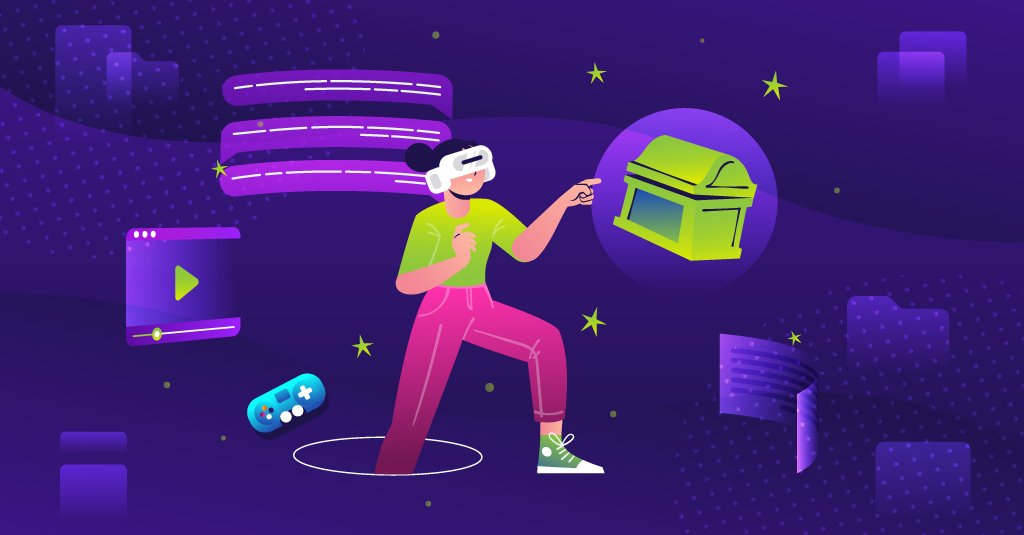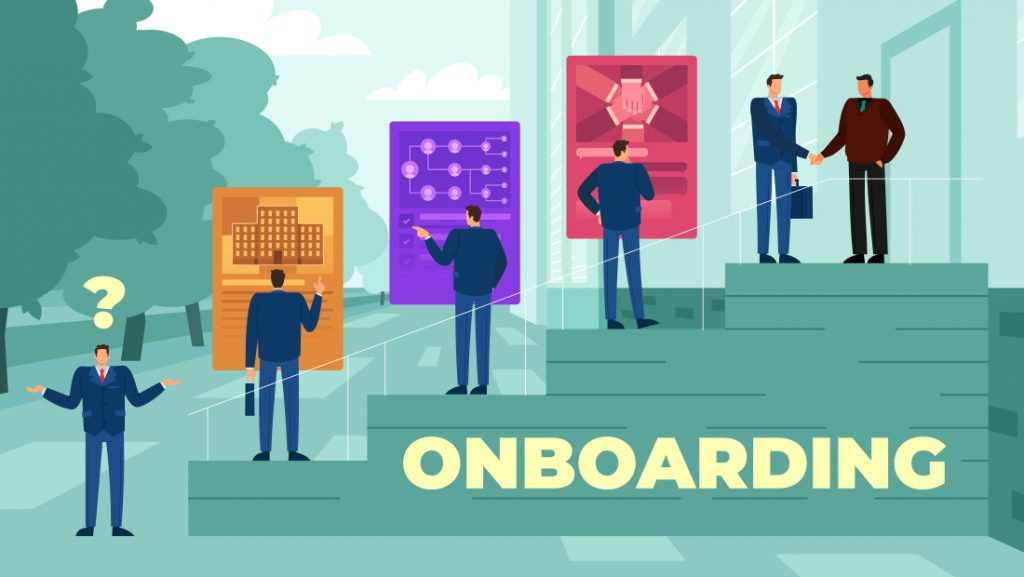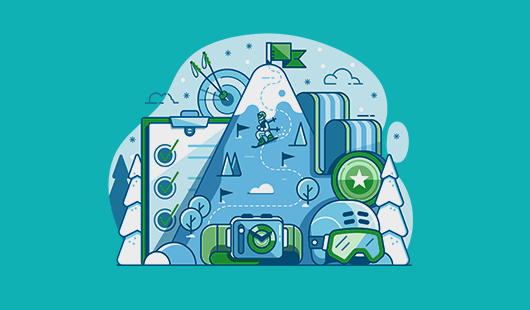We overcame 2020. We grew up to adopt new working styles, new ways of discovering productivity, new ways of networking, new ways of innovating and, ultimately, new ways of achieving profitability. We are at the very beginning of operating in the world of the modern workplace. It’s time to move forward, design and, build strong foundations of the modern workplace to ensure that everybody wins going forward.
Currently we could define the modern workplace as a trifecta of business alignment, people alignment, and the IT infrastructural alignment. Gartner with its research on this subject, focuses on the following areas:
- Create a Planning Process That Inspires and Guides
- Vision: Describe What Digital Workplace Success Will Look Like
- Strategy: Create a Roadmap to Reach the Destination
- Metrics: Measure Performance and Value
- Prioritize and Execute the Key Changes Needed
- Employee Experience: Design for Improved Employee Interaction
- Organizational Change: Start Small but Think Big
- Processes: Re-engineer How High-Impact Work is Done
- Develop a Workplace Platform That Enables More-Effective Ways of Working
- Information: Rework Access and Use of Content and Analytics
- Technology: Take a Platform Approach to Workplace Investments
https://www.cioandleader.com/category/emerging-tech/

Confluence of learning with daily work
There exists a ton of literature on why we should be looking at learning as a part of our daily work. Learning in the workflow as a thought has gathered massive momentum and many companies have started to experiment with this aspect of workplace learning.
Ann Schulte, Chief Learning Officer at Procter & Gamble (P&G), explains why learning is more important than ever, and how the firm’s strategy reflects this: “At P&G, we believe that the ‘fastest learner wins’ because we see in uncertain and changing markets that experimentation, rapid-cycle feedback, and the ability to adapt are competitive imperatives — and all require learning. To help our people learn faster, we are disrupting how we manage learning and development to focus more on the immediate business context and personalized needs by providing easy access to information, performance support aids, and carefully curated training that is relevant and can be directly applied to work.”
(https://hbr.org/2019/02/making-learning-a-part-of-everyday-work)
Having said this, if learning in the workflow is the micro of the learning strategy, there also exists a macro in learning to get to the mastery and expertise in a certain domain. This often takes a few months, if not years, to achieve and unfortunately the knowledge gained also comes with a half-life of its own.

Half-life of knowledge (own illustration based on Machlup 1962)
The lines between actual work and learning are getting blurred. There seem to be several focus areas that companies have started paying attention to, in order to get their modern workplace learning game on point. Those are as follows:
- Creating a culture of learning and curiosity
- Building skills within the organization and enabling its mastery
- Enabling efficient collaboration for increased productivity and learning
- Using data and analytics to meaningfully measure learning effectiveness with other symmetric and asymmetric areas of the organization to gather insights that enable better learning initiatives
- Adopting technologies to meet the mental and physical wellbeing of its workforce
- Incorporating DEI(Diversity, Equity, & Inclusion) initiatives to help the organization with better overall decision making
There are many more focus areas but these six form a large, sizeable chunk that needs to be delved into.
Going Beyond bare instructions
Complex, new-age problems require new, innovative solutions. We cannot rely purely on e-learning in its current format to solve for culture, curiosity, skills, collaboration, mental & physical health, & DEI.
We have to evolve and think about these focus areas from a new perspective — a perspective that suits the audience who will be exposed to these ideas, a perspective of the organisation who will be exploring these ideas, and ultimately the perspective of the technology that will help the organisation propagate these ideas for the audiences that will experience them.
This brings me to the point that games and gamification & gamification of eLearning will be foundational to the way learning happens in the modern workplace. We will be delving into each of these six focus areas and we will explore and reason why games and gamification will be one of the key components in the modern workplace learning strategy.
There are empirical, longitudinal studies and articles that have proven over time that games and gamification in workplace helps learning and solving complex problems; we could help you with those resources. But right now, we want to share with you a few signals that have made our convictions grow stronger about the way we are evolving in this space. Maybe these signals will help you gauge and plan your learning strategies for your modern workplace.
- SkillsFuture – Singapore:
SkillsFuture is a national movement to provide Singaporeans with the opportunities to develop their fullest potential throughout life, regardless of their starting points. Through this movement, the skills, passion, and contributions of every individual will drive Singapore’s next phase of development towards an advanced economy and inclusive society.
Everyone is part of Singapore’s SkillsFuture journey. Every Singaporean, every job, at every stage of life, counts.
The structure of SkillsFuture Singapore is eerily similar to that of a typical level up grind of a Role-Playing Game. What if, similar structures of varied scales were to be adopted by the organisations whom we’re the stakeholders of?
https://blog.seedly.sg/guide-to-skillsfuture-singapore/
https://www.skillsfuture.gov.sg/AboutSkillsFuture
- 1729.com:
Balaji Srinivasan wanted to close out a few threads and discuss his go-forward focus on 1729.com, where he will be launching an experiment: the first newsletter that pays you. It has a regular feed of paid tasks and tutorials with $1000+ in crypto prizes per day, and doubles as a vehicle for distributing a new book he’s been writing called The Network State. Go check it out at 1729.com
What if, there are many such newsletters that gamify solving for the complex tasks, reward you with cryptocurrencies and digital badges that increase your clout to solve more complex challenges that people/organisations may come up with? You get your money through these tasks and spend the rest of your time upskilling/learning, isn’t it a dream come true for someone motivated by Autonomy, Mastery, & Purpose? Does this mean we could experience a future where learning and earning is gamified?
PS: Kaggle Competitions do the same for Data Science gigs with prizes that go up to more than a million dollars.
These are just a couple of signals among many that could grant us the insights into the future of the modern workplace. They also indicate the crucial role that games and gamification have to play in enabling this future. Our journey has begun and it’s vital for us to understand that, what has worked in the past through the role of instructions in e-learning may not work going forward. It’s time to go beyond bare instructions.




















